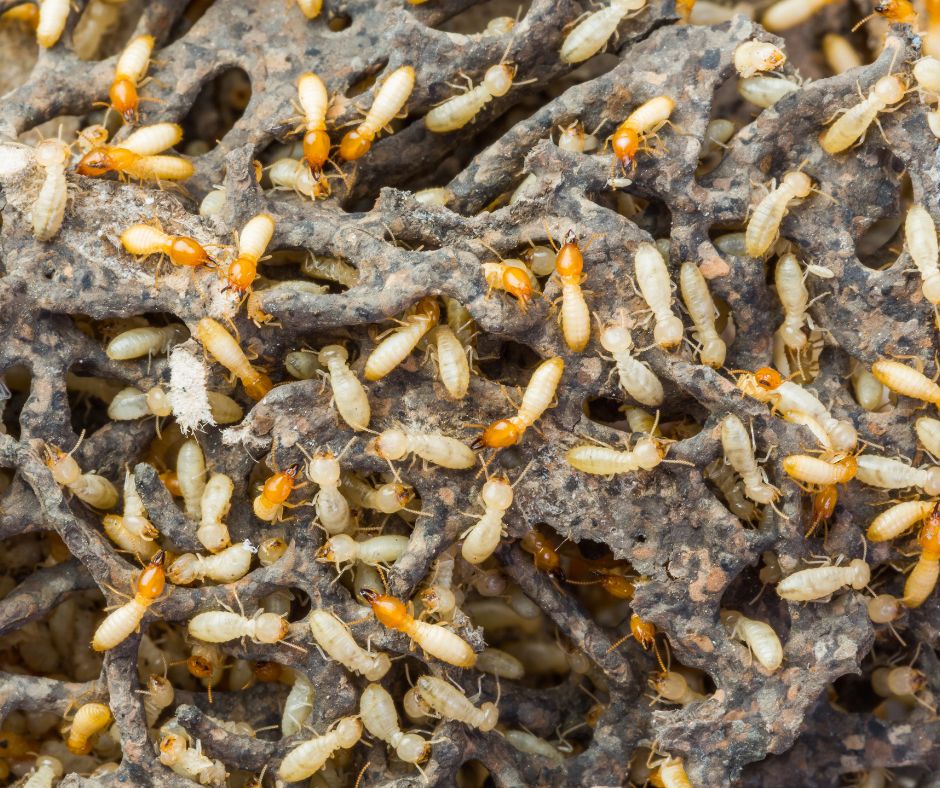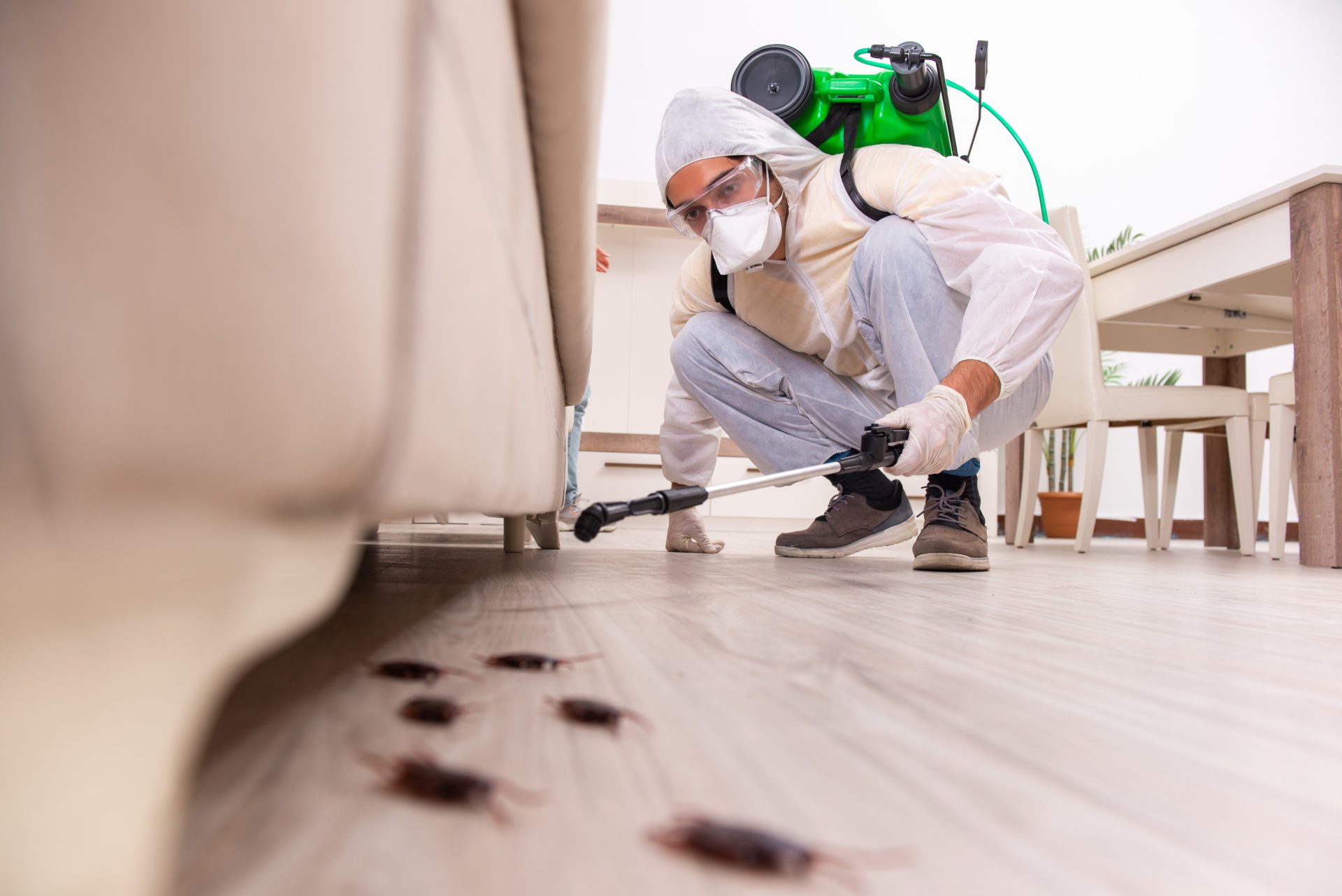Comprehensive Guide to Recognizing Bug Control Approaches and Their Treatment
Recognizing pest control approaches is crucial for reliable administration of unwanted organisms that present dangers to wellness, farming, and residential property. What variables should be considered when selecting the suitable insect control method for a certain situation?
Review of Parasite Control Approaches
Pest control methods incorporate a range of strategies made to handle and eliminate undesirable organisms that can harm human wellness, agriculture, and home. Effective bug management is essential for keeping the stability of environments and ensuring the safety and security of food materials. These approaches can be extensively classified into 3 main methods: social, mechanical, and biological controls.

Social control entails changing farming techniques or ecological conditions to decrease bug facility and recreation. Mechanical control counts on physical obstacles or devices to avoid bug accessibility or directly remove them.
Biological control uses all-natural predators, parasites, or pathogens to manage pest populaces. This method highlights ecological equilibrium and can consist of presenting helpful insects, such as ladybugs or predacious nematodes, to take care of pest presence.
Integrated pest management (IPM) integrates these approaches, utilizing an alternative technique that stresses avoidance, surveillance, and liable monitoring. By using a mix of these approaches, parasite control can be a lot more sustainable and efficient, decreasing dependence on chemical interventions while protecting human health and the setting.

Chemical Insect Control Solutions
A selection of chemical insect control options are available, supplying reliable options for taking care of pest populaces when various other techniques might fall short. These options primarily include pesticides, herbicides, fungicides, and rodenticides, each designed to target particular bugs while minimizing damage to non-target microorganisms.
Insecticides are specifically effective versus a range of pests, consisting of ants, roaches, and termites, and can be categorized as get in touch with or systemic agents. Call pesticides kill insects on get in touch with, while systemic pesticides are soaked up by plants, making them poisonous to pests that feed on them. Herbicides are made use of to regulate undesirable vegetation, whereas fungicides are essential for managing fungal illness that can harm crops and ornamental plants.
Rodenticides, made for rodent control, are available in numerous formulations, including baits and tracking powders. It is critical to comply with tag instructions diligently to ensure security and efficacy. In addition, integrated pest monitoring (IPM) principles ought to be employed, incorporating chemical options with cultural, mechanical, and biological approaches for sustainable parasite control. This alternative approach not only improves pest administration efficiency but also lowers potential environmental effects connected with chemical use.
Biological Insect Control Methods
Organic insect control methods use an ecologically pleasant choice to chemical approaches by utilizing all-natural killers, parasites, or microorganisms to take Read Full Article care of insect populations. This method leverages the eco-friendly relationships in between microorganisms, advertising a balanced environment while reducing chemical deposit in the atmosphere.
One of the most common organic control techniques involves the introduction of all-natural opponents. For instance, ladybugs are used to manage aphid populaces, while parasitic wasps can target caterpillars and various other bugs. These natural predators effectively minimize pest numbers without harming advantageous pests.
Furthermore, microbial representatives such as germs, fungis, and infections are used to contaminate and kill particular insects. Bacillus thuringiensis (Bt), a naturally happening germs, is extensively made use of websites to control caterpillars and other larvae, showcasing the effectiveness of microbial bug control.

Physical and Mechanical Methods
Frequently employed in incorporated parasite monitoring techniques, physical and mechanical techniques act as efficient tools for managing parasite populaces without the usage of chemicals. These methods rely upon physical obstacles, catches, and various other mechanical gadgets to stop or remove bugs, making them eco-friendly alternatives.
Physical techniques include the use of obstacles such as insect netting, screens, or row covers that physically block parasites from accessing plants. This is specifically beneficial in agricultural settings where crop protection is vital. In addition, environment manipulation, such as removing particles and standing water, can reduce bug reproducing websites, thereby reducing invasions.
Mechanical approaches include traps, which can be developed to catch particular pests. Sticky traps and pheromone catches are usual instances that entice and preserve insects, facilitating surveillance and control. Vacuuming is one more mechanical approach, effective for getting rid of bugs from indoor atmospheres, specifically in instances of invasions.
Preventative Bug Monitoring Methods
Effective preventative parasite management strategies are essential for preserving healthy and balanced atmospheres and decreasing pest-related concerns before they emerge (Pest Control in Port Charlotte, FL). These methods concentrate on aggressive procedures that reduce the possibility of parasite infestations by resolving the origin triggers

Another crucial strategy entails correct landscaping techniques (Pest Control in Port Charlotte, FL). Keeping vegetation cut and away from structures can minimize harborage areas for parasites. Applying incorporated pest administration (IPM) strategies that include checking parasite populaces and utilizing organic controls can cultivate a well balanced community that normally suppresses pest numbers.
Education and learning and training for personnel and homeowners on recognizing early indications of parasite activity are also crucial parts of an efficient preventative program. By cultivating an environment of understanding and alertness, organizations and home owners can significantly enhance their bug monitoring efforts and secure their spaces against future problems.
Conclusion
In final thought, reliable parasite control requires a multifaceted method that incorporates chemical, organic, and mechanical methods. Employing an Integrated Insect Administration (IPM) structure allows for the sustainable administration of bugs while minimizing environmental effect. Preventative approaches further improve the effectiveness of these techniques, making certain lasting protection of health and wellness, agriculture, and residential or commercial property. Ultimately, a complete understanding of these varied bug control methods is essential for achieving successful outcomes in insect administration initiatives.